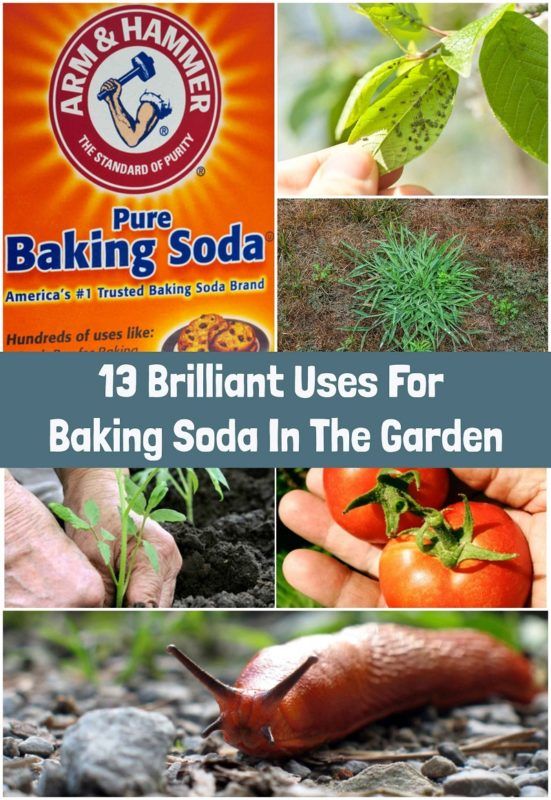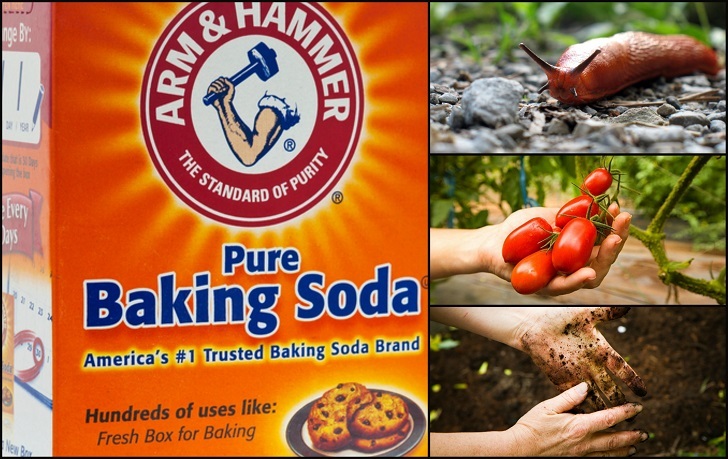
You probably have at least one box of baking soda in your home – if you’re like so many other Americans, it’s most likely sitting in your refrigerator as a way to combat odors, and you might have another carton in your pantry for baking.
But there are so many other uses for it, from household cleaning and health to gardening, you might want to go out and purchase at least a couple more.
Throughout history, baking soda has been used as a rising agent for baking.
It’s 100 percent sodium bicarbonate, which means when it’s combined with acid it creates bubbles and gives off a carbon dioxide gas, causing the dough to rise.
Considered a nahcolite, part of the natural mineral natron, which contains large amounts of sodium bicarbonate, it’s been used since ancient times for a cleanser, soother, and a deodorizer.
Anecdotal reports throughout history suggest that many civilizations used forms of baking soda when making bread and other foods that required rising.
Egyptians were said to have used natron for cleansing purposes, however, it wasn’t until the mid-19th century, that it was manufactured and sold as the baking soda we know today.
By 1860, it could be found in recipe ingredient lists, and in the 1920s its versatility began to be expanded upon; within a decade it was marketed widely as a “proven medical agent.”
But what can it do for your garden? You might be surprised to find that it works wonders there too, but as it’s often used in a variety of green cleaning methods in the home, it makes sense that it would be effective outside and inside.
1. Use it as a pesticide
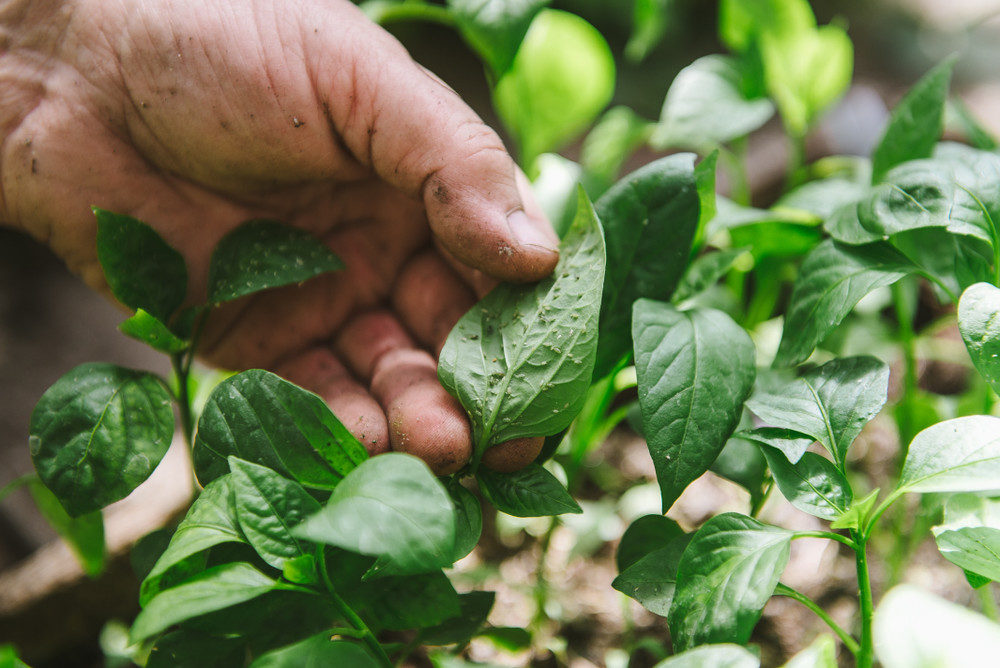
Natural pest control is less expensive than buying pesticides, and it’s much safer for your garden, your family, the environment and wildlife.
In North America, every year there are 136 million pounds of pesticides used on gardens and lawns.
Surprisingly, homeowners are said to use about three times the amount pesticides as farmers, and the majority of wildlife poisonings as well as water contamination, is not from farms or other large organizations, it’s from single-family homes.
The good news is that baking soda can make a very effective, safe, organic pesticide spray that can kill insects that can harm plants, such as aphids and spider mites, while not harming beneficial insects or our planet and its wildlife in the process.
Simply mix a teaspoon of baking soda and one-third cup of olive oil, and then add one cup of water. Combine thoroughly and then add the solution to a spray bottle.
If you’re battling fungal diseases you can use this to spray affected areas every few days until the problem is solved. Use it on roses for black spot fungus as well as on vines and grapes when the fruit first begins to appear.
For insect infestations, combine a tablespoon of olive oil, two tablespoons of baking soda, and a few drops of liquid Ivory soap into a gallon of water. Add it to your spray container, and spray once every three days to get rid of harmful insects and to prevent them from returning.
If you have a problem with ants, you can stop them at the source by using baking soda, confectioners sugar and vinegar.
Simply add five heaped teaspoons of confectioners sugar to a bucket or bowl – the measurement doesn’t need to be precise, but don’t use regular sugar, as ants are clever enough to separate grains of regular sugar from the baking soda, which won’t kill them, but they can’t do that with powdered sugar. Now add an equal amount of baking soda to the sugar and thoroughly mix the two together.
What happens is that the ants will be drawn to the sugar, which they’ll eat, and in the process will take in the baking soda, which is fatal. Add about a teaspoon of water to the mixture, just enough to make it damp, and then pour it all over the ant hill.
Afterward, add a small amount of apple cider vinegar or white vinegar, which will be sure to kill any ants that aren’t eradicated by the baking soda as both types of vinegar contain insecticidal and fungicidal properties that are deadly to ants.
2. Testing the pH of your garden soil
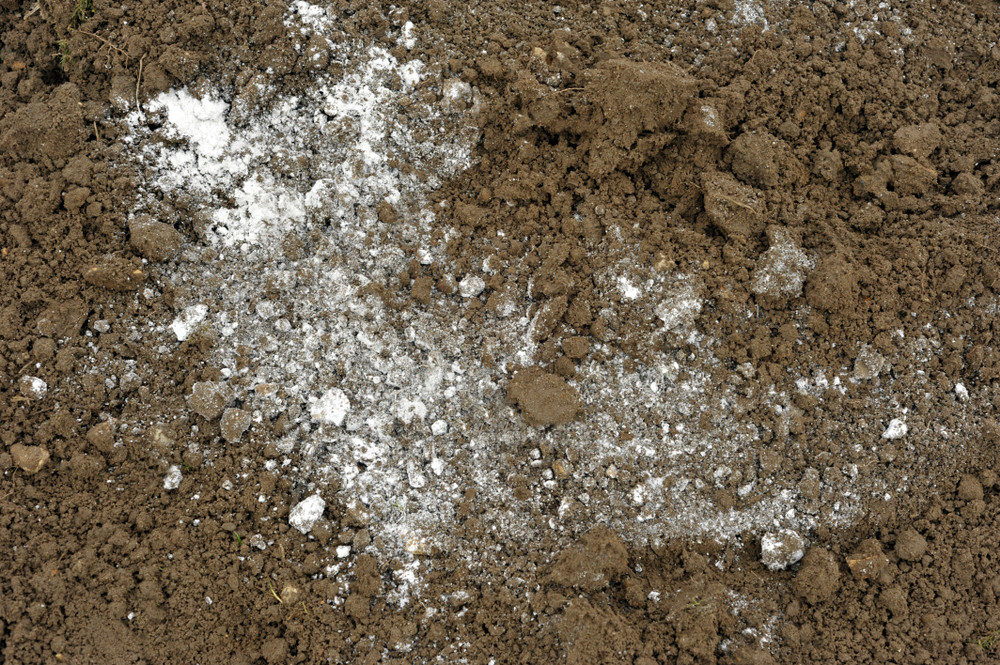
Knowing your soil pH is the key to understanding whether essential minerals will be available to get to the roots of your plants, which is necessary for their survival.
According to The San Francisco Chronicle, “if you live in an area with alkaline soil — which has a pH above 7.0, you have two options. You can either take measures to lower the pH, or you can choose plants well-suited to growing in alkaline conditions.
If you take the latter path, you have a wide variety of plants to choose from.”
Plant roots absorb mineral nutrients like nitrogen and iron when they are dissolved in water. If the soil solution, meaning the mixture of water and nutrients in the soil, is too acid or alkaline, some nutrients won’t dissolve easily, so they won’t be available for uptake by roots.
You can use baking soda and vinegar to test the pH of your garden soil by using the following instructions:
- Collect two samples of soil in small containers from different areas of your garden, and gather a half-cup of vinegar and a half-cup of baking soda.
- Pour the vinegar into one of the soil samples. If the soil begins to bubble, it is alkaline, meaning the pH level is above 7.
- If there is no reaction, take your other sample and pour in the baking soda and about a half cup of water. If the soil bubbles, it means the pH level is below 7, and it is acidic soil.
While this method won’t provide a specific pH level number, it is very helpful when you need to make the best decision about which plants will thrive in your soil, or if you’d like to amend the soil to make it more hospitable for your particular gardening goals.
3. Clean garden furniture, bird baths and clay pots
Baking soda can be used as a very effective cleaning tool that won’t harm birds and other wildlife as there are no toxic chemicals.
Simply sprinkle it onto the item you want to clean and use a damp cloth to get rid of dirt, grime, and other debris. It’s mildly abrasive to peel off stains, yet it won’t scratch surfaces. Use water to rinse it clean, and it will be just like new – and, no harmful residue will be absorbed by the clay.
4. Get more beautiful blooms
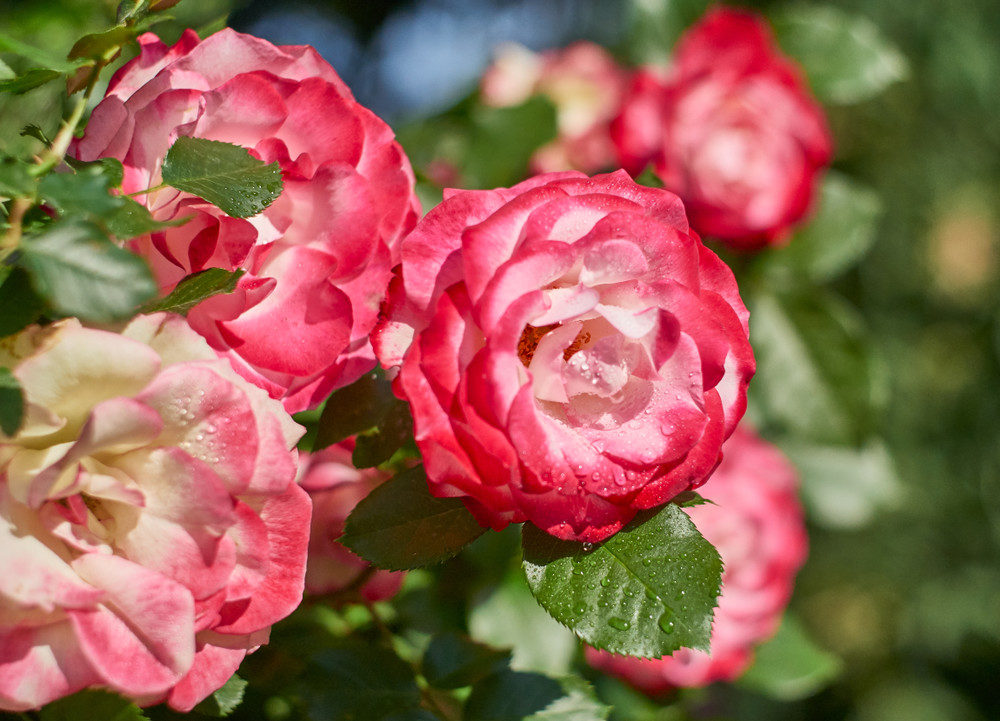
For flowers that thrive in alkaline soil, such as hydrangeas, begonias, and geraniums, you can encourage them to bloom magnificently by using baking soda. Just dissolve a little baking soda in your water before giving them their regular drink.
When you’re ready to cut them, you can extend the life of your beautiful cut flowers by using the same combination – dropping them into a vase with a mixture of a bit of baking soda and water.
5. Eliminate slugs
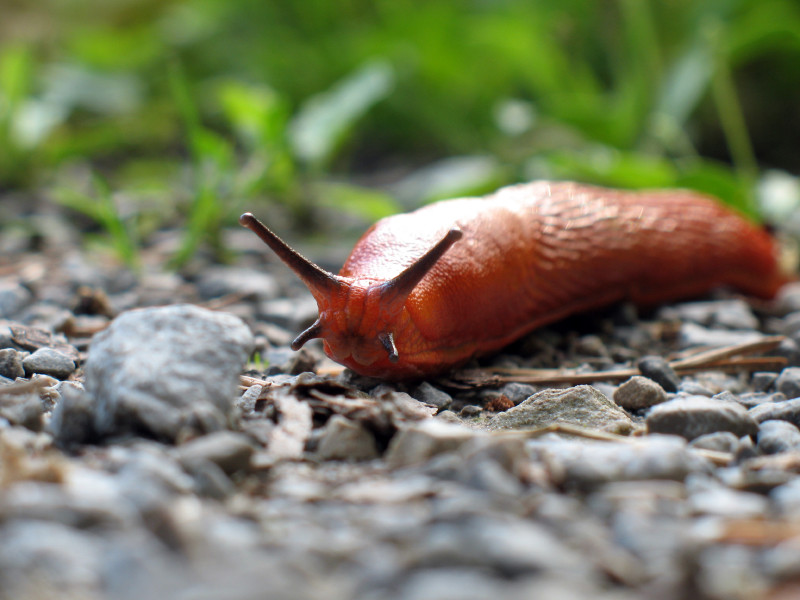
If you want to get rid of slugs in your garden, remember, you don’t need to turn to pricey, hazardous chemicals when baking soda is around. Simply sprinkle baking soda right on them to kill them.
You can also place a dusting on the soil around your plants to deter slugs from eating them – just be careful to avoid the plants themselves as putting baking soda on them directly will burn them.
6. Make your tomatoes sweeter

You can sweeten your tomatoes by lowering the acidity of the soil with baking soda. It also helps to discourage any pets.
Simply sprinkle it lightly onto the soil they’re in and the baking soda will be absorbed into it, lowering the acidity level of the soil and the tomatoes for a sweeter, rather than a tart flavor.
7. Rejuvenate your plants
Baking soda can even give your plants a boost, rejuvenating them so that they’re lush and green once again.
Combine a teaspoon of baking soda with a teaspoon of Epsom salt and a half teaspoon of ammonia in a gallon of water. Be sure to mix it well, and then give each of your plants about a quart of the solution. It serves as a fertilizer, perking up plants that are dull or are growing slowly.
You’ll be surprised at how quick they become more vibrant. Do the same for rush bushes – one gallon is enough for four bushes using a quarter each – they’ll look gorgeous and lustrous once again.
8. Kill crabgrass and discourage weeds
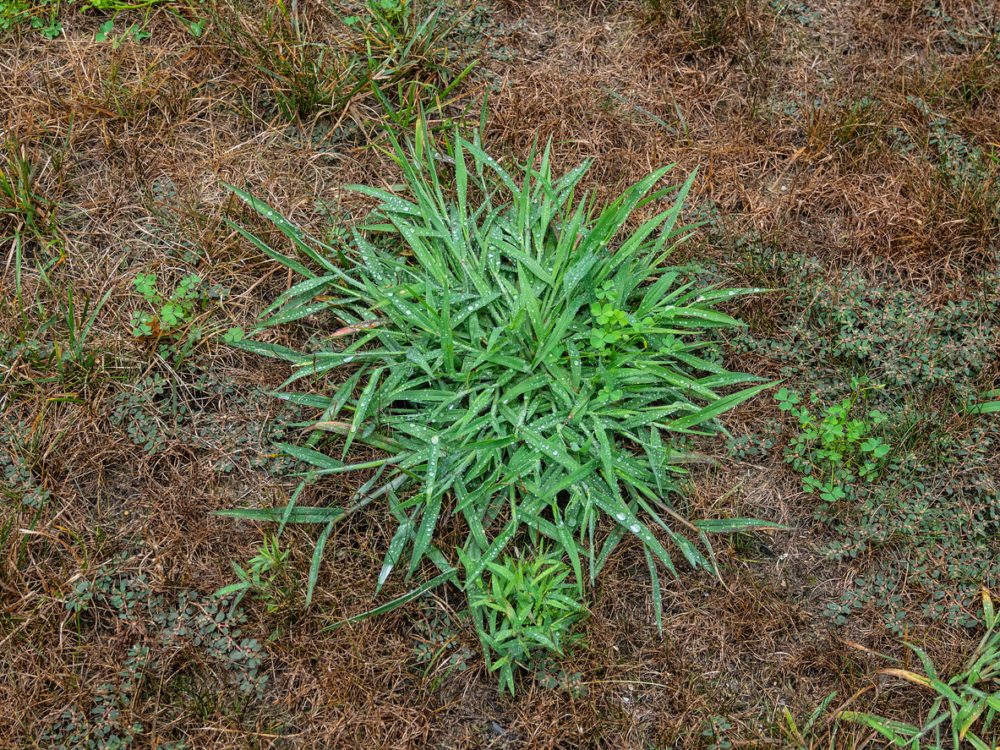
If you have weeds or crabgrass growing in cracks on sidewalks, edges, patios or garden beds, you can use baking soda to get rid of them.
It’s able to kill small weeds that have already sprouted, as well as to prevent new weeds from coming up. It will burn unwanted foliage, and feeds should disappear within just a few days.
Just pour a thick layer onto the weeds, crabgrass, etc. after moistening it with water. Sweep the baking soda in a thick layer into any concrete cracks.
Remember that when you’re applying baking soda, avoid getting it onto grass or plants you want. Too much baking soda can burn, and even kill it.
9. Eradicate cabbage worms
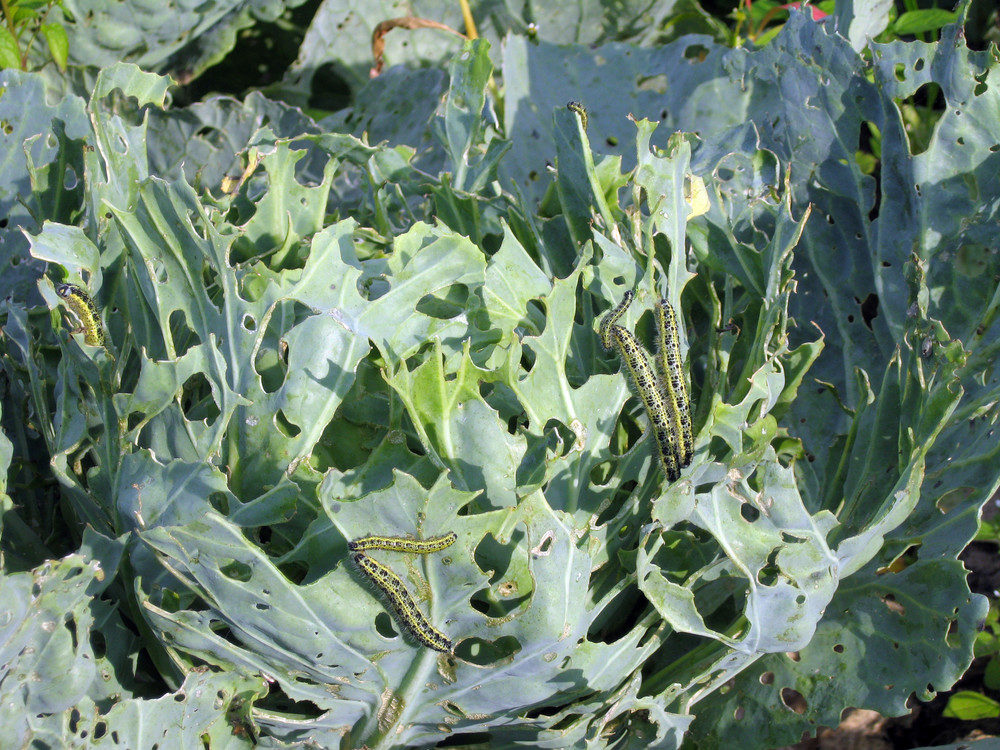
Cabbage worms are one of the worst nightmares for a gardener as they can quickly wreak havoc throughout a garden, which means controlling them is a must for its health. The good news is that baking soda comes to the rescue once again as an effective solution for killing them.
All you need to do is mix equal parts of baking soda and flour, and then dust plants like kale, broccoli, and cabbage that those cabbage worms love to devour. After the worms ingest leaves with this coating on them, they’ll die within a day. Repeat the process two or three times for greater effectiveness.
10. Smelly compost
To keep the smell from a compost pile under control, use a small amount of baking soda which will eliminate the odor and prevent acidity build up – just use it sparingly as too much can slow the composting process.
11. Preventing mildewing on leaves
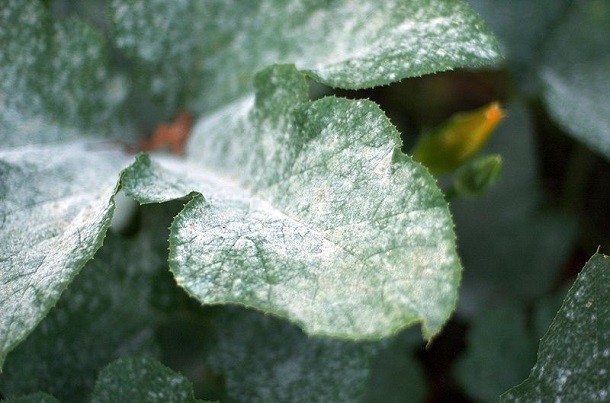
You can spray a baking soda/water mixture on the leaves of plants to help prevent mildew by mixing a teaspoon of baking soda and a few drops of liquid soap into about a quart of water in a spray bottle.
Spray the solution onto plants prone to mildew. This is highly effective on rose bushes, flowers, fruit trees and throughout a vegetable garden.
12. Clean up walkways
If you have walkways that wind through your garden or in your yard, you can use baking soda to get them cleaned up.
Just wash the surface using 2 tablespoons of baking soda per quart of warm water. For tough stains and dirt, you can add a little more baking soda and then use a scrub brush or a broom with a stiff bristle to scrub it off.
Remember, once again, that you’ll need to be careful not to spill the solution on your flower beds, or get it onto your lawn, as a high concentration of baking soda is likely to burn your wanted grass and plants.
13. Clean dirty hands
We don’t have to tell you how much dirt gets into those hands and under the fingernails when you work in your garden. It can be really hard to get off too – in fact, you might think you’re in need of a pair of brand new hands.
Of course, while that may not be possible just yet, you can get them clean by using a little baking soda. Just get your hands wet, and coat them with baking soda. The dirt will scrub out much easier. You can use a nail brush for hard to reach dirt under the nails.
Once the dirt has been removed, simply rinse your hands and they’ll be nice and clean again, almost like new, albeit maybe with a few age spots – but wait!
Actually, the wonders of baking soda include fading those unsightly dark spots too. All you need to do is leave that baking soda paste you’ve created on your hands for 5 minutes before rinsing. Then, rub it off to exfoliate and rinse.
Pin This To Save For Later
